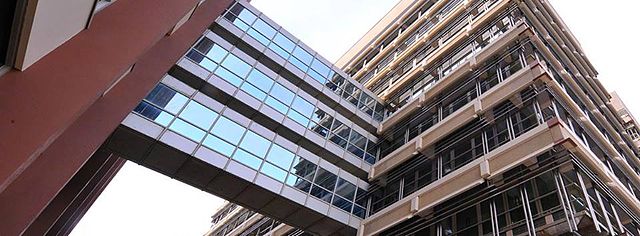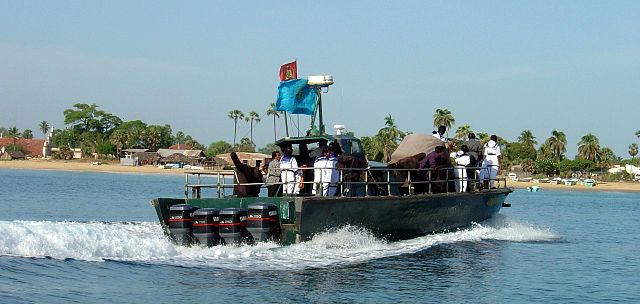The mixed economy of Sri Lanka was worth $84 billion by nominal gross domestic product (GDP) in 2019 and $296.959 billion by purchasing power parity (PPP). The country had experienced an annual growth of 6.4 percent from 2003 to 2012, well above its regional peers. This growth was driven by the growth of non-tradable sectors, which the World Bank warned to be both unsustainable and unequitable. Growth has slowed since then. In 2019 with an income per capita of 13,620 PPP Dollars or 3,852 (2019) nominal US dollars, Sri Lanka was re-classified as a lower middle income nation with the population around 22 million (2021) by the World Bank from a previous upper middle income status.
Colombo, the financial centre of Sri Lanka
Central Bank of Sri Lanka Building
E03 expressway
A wind farm in Sri Lanka
The Sri Lankan Civil War was a civil war fought in Sri Lanka from 1983 to 2009. Beginning on 23 July 1983, it was an intermittent insurgency against the government by the Liberation Tigers of Tamil Eelam led by Velupillai Prabhakaran. The LTTE fought to create an independent Tamil state called Tamil Eelam in the north-east of the island, due to the continuous discrimination and violent persecution against Sri Lankan Tamils by the Sinhalese-dominated Sri Lanka government.
Seven pillars surround the site of the blast, at the Rajiv Gandhi Memorial in Sriperumbudur
Improvised armoured bulldozer used by the LTTE in the operation Aakaya Kadal Veli, also known as the First Battle of Elephant Pass (1991), one of the major battles. This bulldozer was destroyed by Cpl. Gamini Kularatne. Today it stands on display as a war memorial.
LTTE Sea Tiger boat patrolling during the peace
Photo release by the Tamils Rehabilitation Organisation dipicting civilians being displaced as a result of the Sri Lanka Army's military offensive. January 2009.








